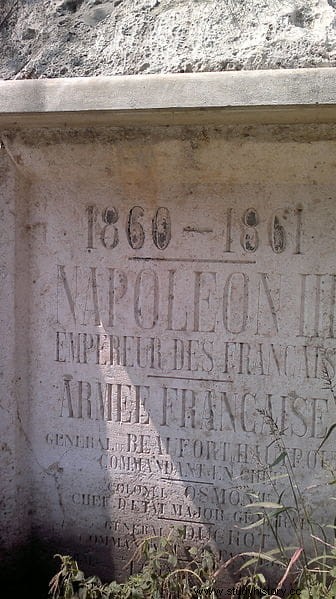We already counted in a previous article as in the year 409 B.C. Carthaginian troops razed the Greek city of Selinunte in Sicily, killing or taking prisoner its more than 20,000 residents. A few thousand remained in the city as tributaries of Carthage. Years later, in 250 BC, the entire population was moved to Lilibea, and they would never return. Since then the ruins of the city have been preserved intact underground, waiting to be discovered and examined by archaeologists.
Over the years, the entire city, made up of some 2,500 houses, the streets, the port, and an industrial area that produced pottery, has been unearthed and excavated. Archaeologists have compared Selinunte to Pompeii, given its high degree of preservation.
And it is that only 15 percent of the city, including the spectacular acropolis and temples, remained in view. Two of the temples were even rebuilt in the mid-20th century, after being victims of an earthquake. That is why Selinunte is the only classical Greek city that has been completely preserved.

A few days ago, the results and discoveries of the 13th season of international archaeological excavation at the Acropolis of Selinunte, carried out by the University of New York and the University of Milan in collaboration with the Archaeological Park of Western Sicily, were presented, according to the newspaper Italian ANSA.
Particularly important were the finds of a votive deposit of deer antlers (Cervus Elaphus ) perfectly preserved and two large adult bull horns (Bos Taurus ). These remains are the first archaeological evidence of the sacrifice of bulls in Selinunte (unfortunately no official media has published images of the find).
This year's Selinunte excavations focused on deepening two trenches that were opened last year along the south side of Temple R and between the west side of Temple R and the south side of Temple C.
Important results were obtained in the oldest phases in which the great urban sanctuary was inhabited, and in the activities associated with the construction of Temple R and Temple C.
The archeology of Selinunte is unique in the world, mainly because the entire city ceased to exist as a population center in less than a day. Literally overnight, it became a ghost town.
